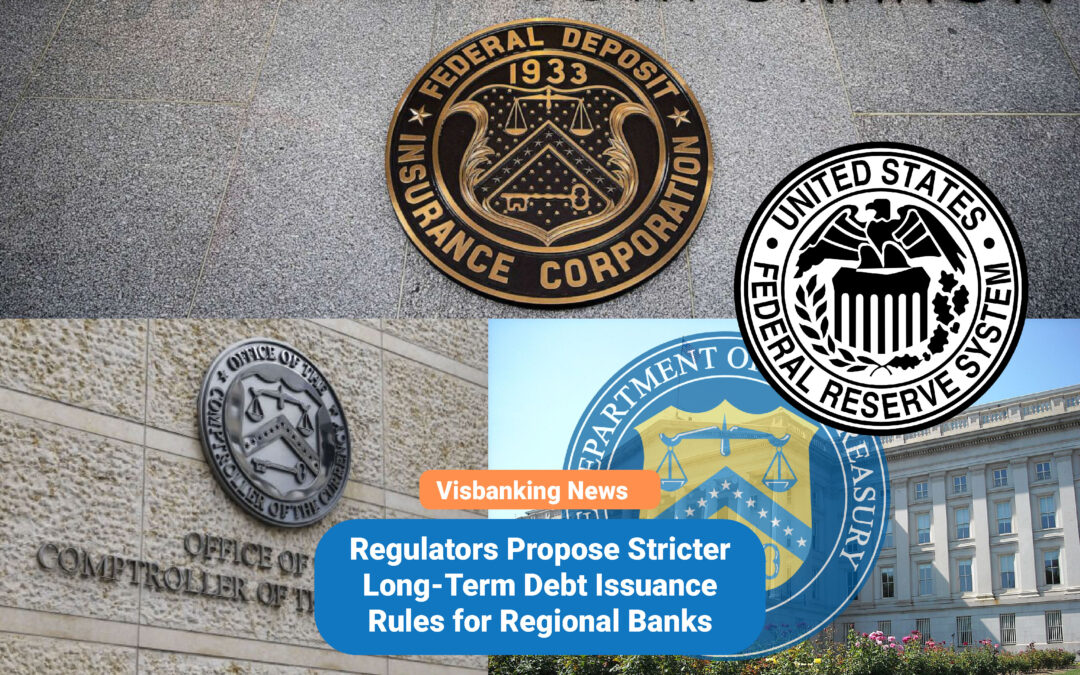Financial Dashboards: Designing Comprehensive Views of Investment Data
September 2, 2023 0
Designing a comprehensive financial dashboard for investment data is crucial for investors, financial analysts, and organizations to make informed decisions. A well-designed dashboard provides a visually appealing and easily understandable snapshot of financial performance, risk exposure, and investment opportunities. analyzing bank financial statements Here are key considerations for designing a comprehensive investment data dashboard:

- Define Objectives and Audience:
- Clearly define the objectives of the dashboard. What specific information does it need to convey? Who is the target audience (e.g., individual investors, fund managers, executives)?
- Choose the Right Metrics:
- Select key performance indicators (KPIs) relevant to your investment goals. Common metrics include ROI, asset allocation, portfolio diversification, risk exposure, and fund performance.
- Data Sources and Integration:
- Integrate data from various sources, such as brokerage accounts, financial databases, market APIs, and internal records. Real-time data integration is valuable for up-to-the-minute insights.
- Dashboard Components:
- Design the dashboard layout with components like charts, graphs, tables, and text elements.
- Use interactive elements (e.g., filters, drop-down menus) to allow users to customize the view based on their preferences.
- Visualization Techniques:
- Choose appropriate visualization techniques (e.g., line charts, bar graphs, pie charts, heatmaps) for different types of data. Ensure clarity and avoid clutter.
- Use color coding and annotations to highlight important trends or anomalies.
- User-Friendly Interface:
- Prioritize user-friendliness and intuitive navigation. Users should be able to understand the data quickly without extensive training.
- Include tooltips and legends for data interpretation.
- Responsive Design:
- Ensure the dashboard is responsive and accessible on various devices (e.g., desktops, tablets, smartphones).
- Time Period and Granularity:
- Allow users to select different time periods (daily, weekly, monthly, yearly) and levels of granularity (e.g., asset class, individual securities) to analyze data in detail.
- Risk Management:
- Incorporate risk management metrics, such as standard deviation, beta, and Value at Risk (VaR), to assess portfolio risk and provide insights into potential downsides.
- Performance Attribution:
- Include tools for performance attribution analysis, allowing users to understand the sources of returns and assess the impact of investment decisions.
- Benchmarking:
- Compare investment performance against relevant benchmarks (e.g., market indices) to evaluate how well investments are performing relative to the broader market.
- Alerts and Notifications:
- Implement alerts and notifications to inform users of critical events or threshold breaches.
- Data Security and Privacy:
- Ensure robust data security and privacy measures, especially when dealing with sensitive financial information.
- Feedback Mechanism:
- Include a feedback mechanism to gather user input and continuously improve the dashboard based on user needs and preferences.
- Documentation and Training:
- Provide documentation and training resources to help users maximize the value of the dashboard.
- Testing and Iteration:
- Test the dashboard with a sample group of users and gather feedback for iterative improvements.
- Scalability:
- Ensure the dashboard can handle increasing data volumes and user traffic as your investment portfolio grows.
- Compliance and Reporting:
- Comply with relevant bank financial analysis regulations and reporting standards, and provide the necessary reporting features.
- Mobile Accessibility:
- Optimize the dashboard for mobile devices, as users may need access while on the go.
- Data Backup and Recovery:
- Implement regular data backup and recovery procedures to prevent data loss.

A comprehensive investment data dashboard can greatly enhance decision-making, portfolio management, and investment strategy. By carefully considering these factors, you can create a powerful tool that empowers users to make informed financial choices.

Recent Post
What is The Meaning of a Medusa Tattoo?
January 9, 2025
The Meaning of Encanto in Spanish and Origin
January 4, 2025
Equivalent Phrases For “Including But Not Limited To”
December 30, 2024
How To Make Weekend Greetings More Fun?
December 30, 2024
10 Modern Sayings Similar To “Be There Or Be Square”
December 30, 2024








